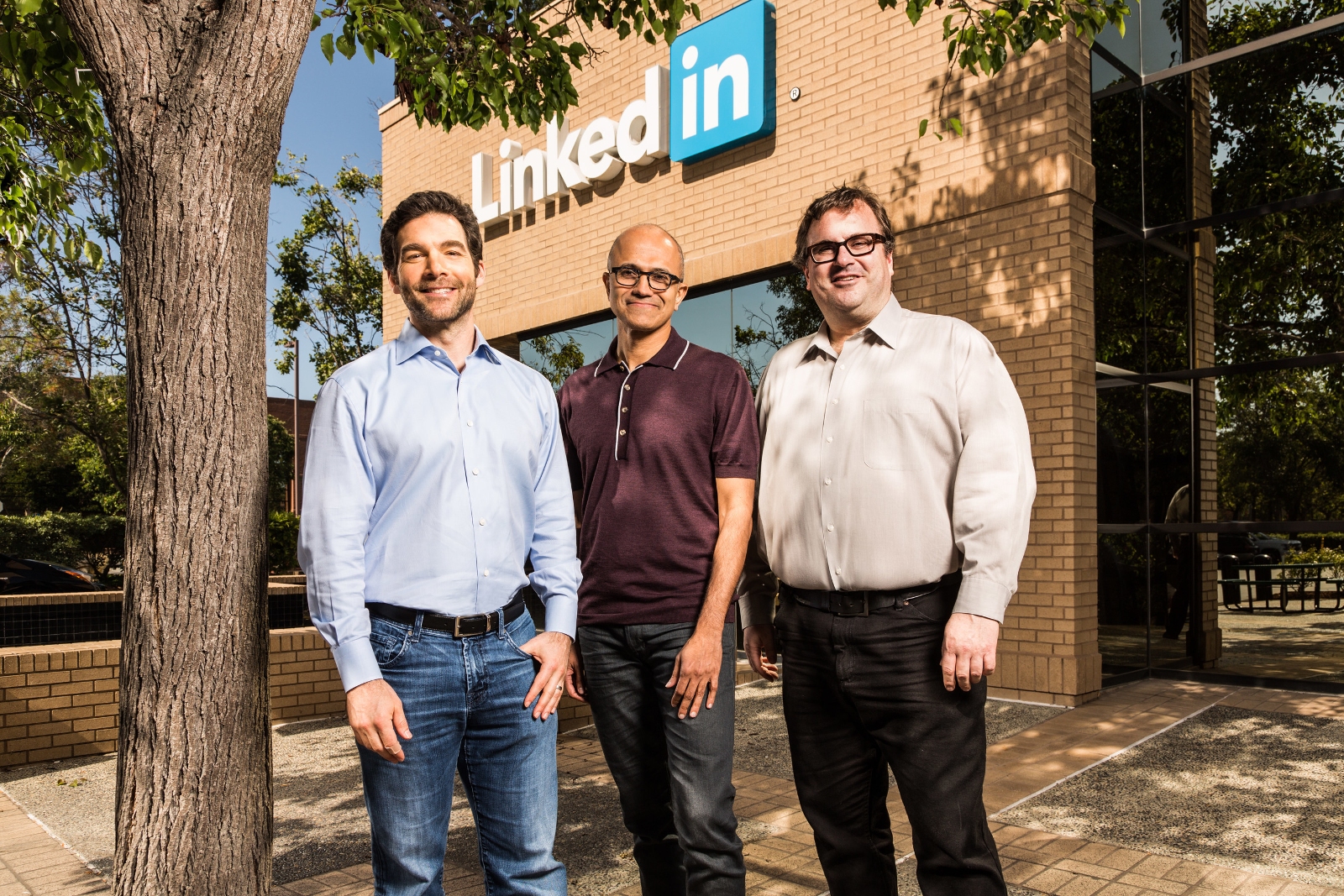Is your strategy for implementing social networking features in your enterprise working? Do you even have a strategy? Do you have any idea at all what to expect, other than more “likes” and more “followers”?
Since Microsoft’s Jared Spataro first outlined the company’s plan to invest heavily in social features in SharePoint at SPTechCon in San Francisco in February, much attention has turned to sharing, instant-messaging, video chatting and more in SharePoint. Basically, the idea is to build communities within organizations, whether by project, department, outside partnerships, or common skill sets or knowledge bases.
But it’s always been difficult for organizations to say with any modicum of certainty whether or not their social efforts are effective. It’s hard to measure beyond “We’ve got 11 new followers!” or “Hey, our link was re-tweeted!” and other basic metrics. Klout, of course, gives you a rank based on its metrics that determine your social clout. But does the organization stand to gain any measurable return on its investment in time and manpower to “do” social?
The noted, successful community-builder and “senior storyteller” Mark Miller (endusersharepoint.com, nothingbutsharepoint.com) believes social networks can be measured for ROI and overall effectiveness, and by the end of next week, he will publicly release his “Community Roadmap and Maturity Model,” which he says will help organizations find bottom-line dollar values underlying their social efforts—not only with SharePoint, but with all their social engagements.
“It’s critical we start showing some ROI on all this social media stuff the industry is doing,” Miller told me during a preview of the model. “You have to think of social media as another marketing vehicle and place metrics against it that you’re already using, so you know what to measure in-house.”
First, he said, it’s important to align your social media campaigns with your business objectives. “What does your business want to achieve, and work backwards to align social media with that,” he said. The model helps you do that, he said, by laying out a baseline (the 100 level) of where the organization is at, and by the time it takes the steps to get to the 400 level, it’s a prescriptive enterprise solution.
Miller, working with Michael Wu, the chief analytical scientist at community software provider Lithium Technologies, and Ron Howard, founder and CTO of social enterprise software supplier Telligent, defines five key competencies for effective social media efforts: content management, community engagement, social engagement, search-engine optimization, and return on investment. Each has a matrix; content management, for example, looks at software used by the provider, what kind of content is being distributed, how often content goes out, the growth of community around the content, and the content provider’s external participation the community.
“Content,” Miller said, “is the foundation of any online community, whether in a blog, wiki, forum or simple website. Without content, there is no connection, there is no community.”
Community engagement talks about participation by both provider and community members, the trust factor of the provider, relationships that have developed, and recognition. “An important aspect of community-building is cultivating trust, reciprocity and ultimately relationships between people,” Miller quotes Wu as saying in a paper explaining the road map.
Of course, the question everyone asks is, “What is the business value to all of this?” The model helps organizations define their business objectives, align those objectives with the social-media efforts, perform analysis on the efforts to see if they are yielding the desired value, and report back with actionable recommendations. Miller cited Olivier Blanchard’s book, “Social Media ROI: Managing and Measuring Social Media Efforts in Your Organization,” as influencing the ROI section of the model.
“If you’ve got 5,000 followers on Twitter, and you’re spending so many hours per day engaging them, and if only five become customers, what’s the value of that time?” Miller asked. “You want core customers who want to engage, or new customers. You don’t want just anyone. Social media is not just another megaphone.”




